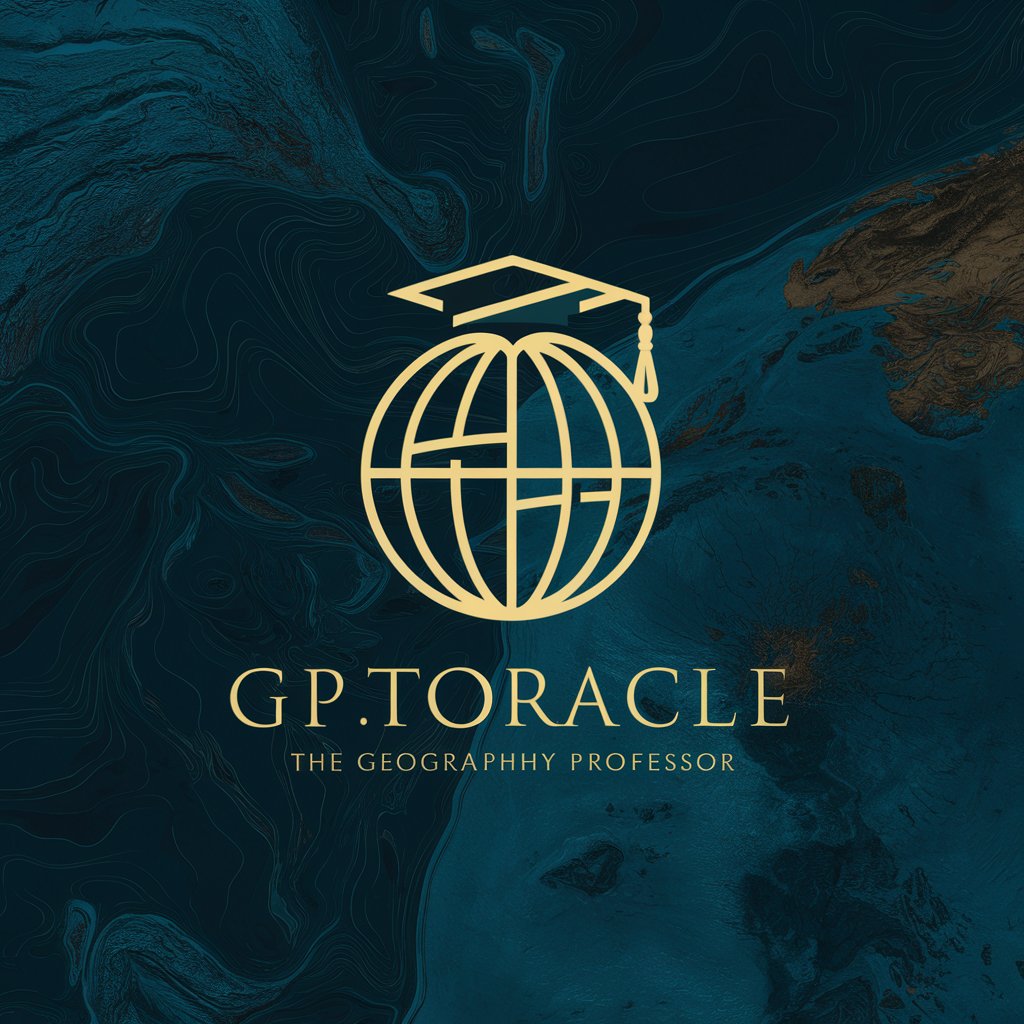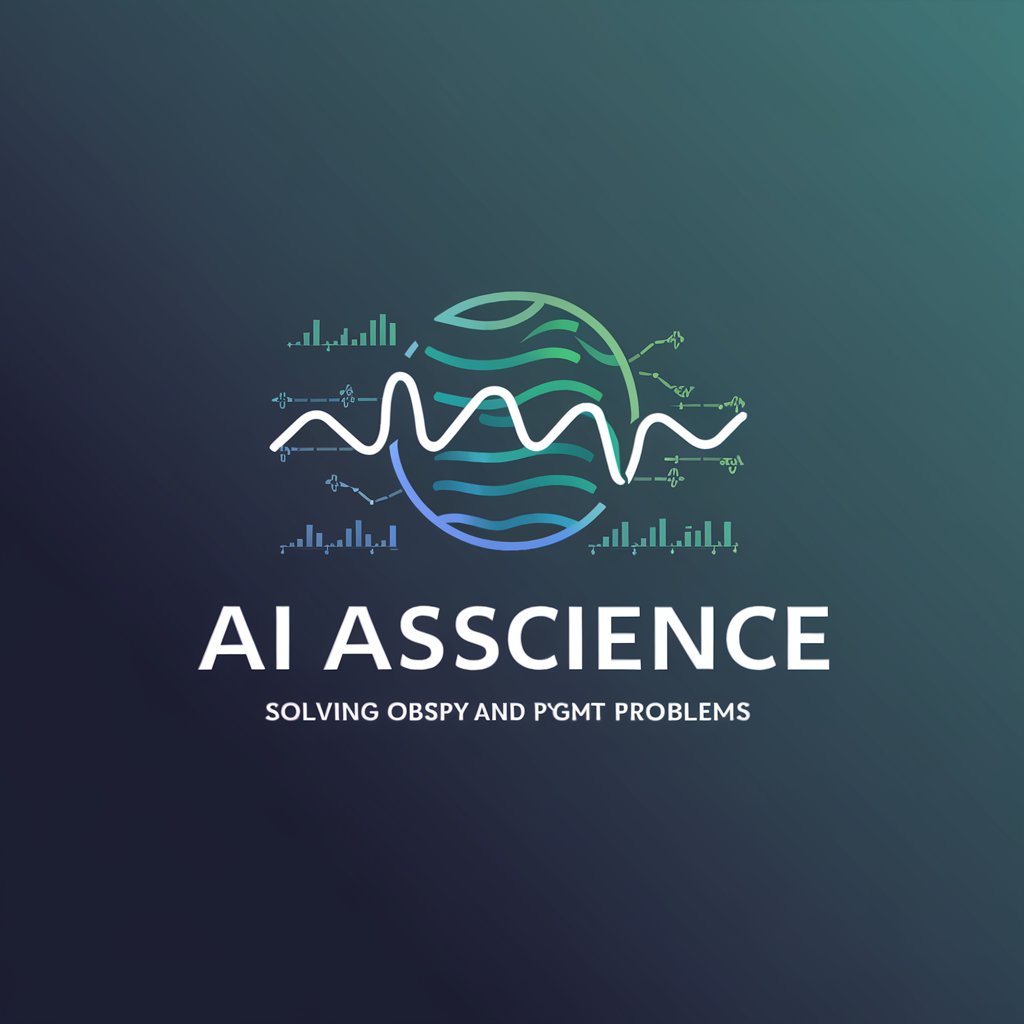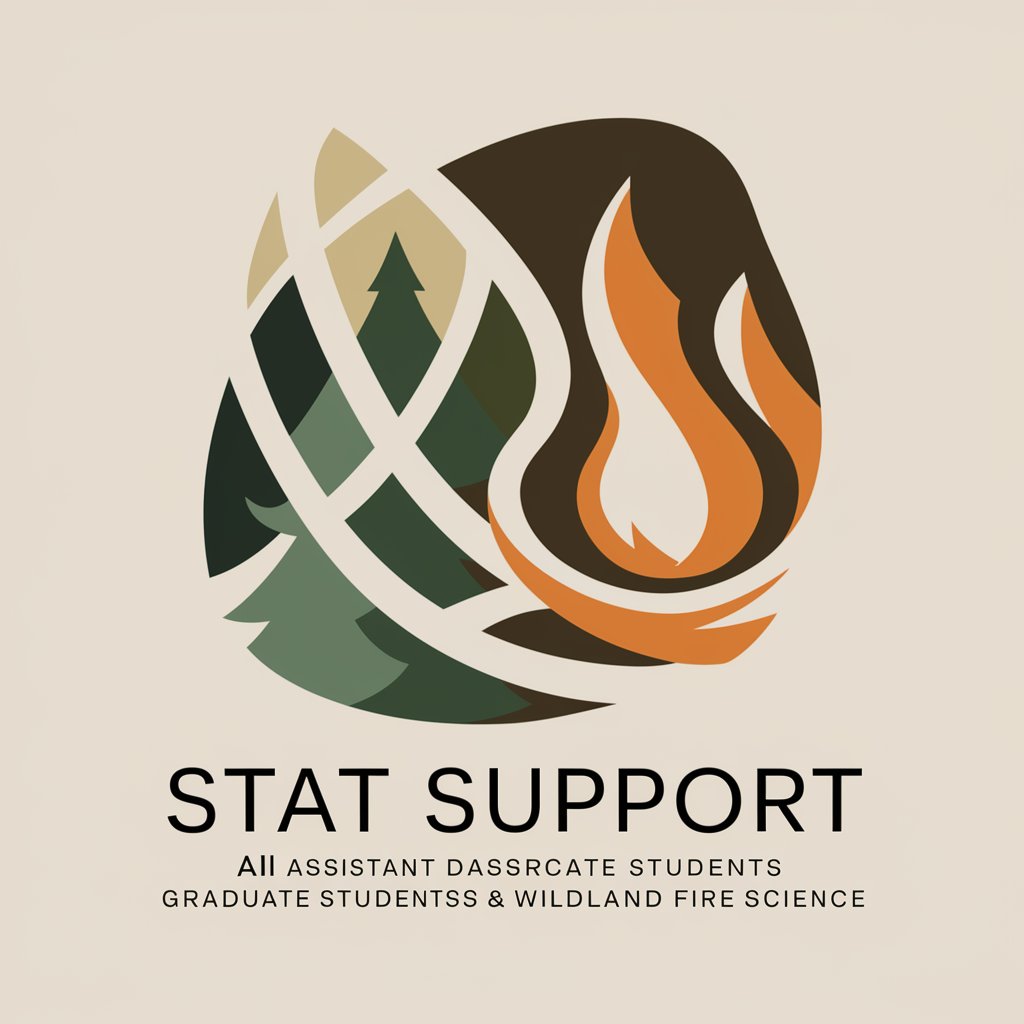5 GPTs for GIS Mapping Powered by AI for Free of 2025
AI GPTs for GIS Mapping are advanced generative pre-trained transformer models specifically tailored for Geographic Information System (GIS) tasks. These tools leverage the power of artificial intelligence to analyze, interpret, and visualize spatial and geographic data, offering bespoke solutions for various applications in GIS Mapping. By understanding natural language, AI GPTs facilitate the creation, manipulation, and analysis of GIS data, making complex spatial information more accessible and interpretable for users across different sectors.
Top 5 GPTs for GIS Mapping are: GptOracle | The Geography Professor,地科數據助手,R_R_R,STAT Support,Real Estate Land Parcel
GptOracle | The Geography Professor
Mapping the world with AI-powered insights.

地科數據助手
Unlocking Earth's secrets with AI

R_R_R
Optimize your raster analysis with AI-powered R_R_R.

STAT Support
Empowering Ecological Research with AI-Powered Analytics

Real Estate Land Parcel
Empowering Real Estate Decisions with AI

Key Capabilities of AI GPTs in GIS Mapping
AI GPTs for GIS Mapping possess unique capabilities including advanced data analysis, natural language processing, and image recognition. They can adapt from performing basic tasks like querying GIS databases in natural language to executing complex spatial analyses and generating predictive models. Special features may include the ability to learn from GIS data, offer technical support through chat, conduct web searches for geospatial data, create detailed maps from descriptions, and analyze spatial data trends. These capabilities enhance the user's ability to interact with, visualize, and derive insights from GIS data.
Who Benefits from AI GPTs in GIS
The primary users of AI GPTs for GIS Mapping include GIS professionals, urban planners, environmental scientists, and novices interested in spatial analysis. These tools are designed to be user-friendly for those without programming skills, offering an intuitive interface for interacting with GIS data. Simultaneously, they provide powerful customization options and programming interfaces for developers and experts in the field, allowing for the creation of complex, tailored GIS applications.
Try Our other AI GPTs tools for Free
Equipment Recycling
Discover AI GPTs for Equipment Recycling: innovative tools designed to transform and streamline recycling processes through advanced AI technology, enhancing sustainability and efficiency.
Cryptocurrency Quest
Explore the frontier of cryptocurrency with AI GPTs: your ultimate tool for market insights, trading strategies, and blockchain learning.
Custom Courses
Explore AI GPTs for Custom Courses, your gateway to personalized, efficient, and engaging learning experiences tailored to meet diverse educational needs and objectives.
Feedback & Correction
Discover AI GPTs for Feedback & Correction: tailor-made solutions designed to enhance content and data quality through advanced AI technology, accessible to all skill levels.
Medical Explanations
Discover AI GPTs for Medical Explanations: tailor-made AI solutions enhancing healthcare understanding, decision-making, and patient care through accessible, accurate medical information.
Ad Copy Generation
Explore AI GPTs for Ad Copy Generation: tailor-made solutions for creating impactful and engaging advertising content, designed for marketers at all levels.
Expanding GIS Horizons with AI GPTs
AI GPTs for GIS Mapping revolutionize how spatial data is interacted with and analyzed. These tools not only offer a user-friendly interface but also the possibility to integrate with existing GIS workflows, making them versatile solutions for a range of sectors. Their adaptability and the depth of insights they provide can significantly enhance decision-making processes and spatial data visualization.
Frequently Asked Questions
What exactly are AI GPTs for GIS Mapping?
AI GPTs for GIS Mapping are artificial intelligence models trained to understand and generate human-like responses for tasks related to Geographic Information Systems. They assist in data analysis, interpretation, and visualization of spatial data.
How can AI GPTs enhance GIS Mapping tasks?
They improve efficiency and accuracy in spatial data analysis, enable natural language querying of GIS databases, and assist in generating predictive spatial models, making GIS data more accessible and understandable.
Who can use AI GPTs for GIS Mapping?
These tools are suitable for a wide range of users from various backgrounds including GIS professionals, urban planners, and environmentalists, to novices interested in spatial analysis.
Do I need programming skills to use AI GPTs for GIS?
No, these tools are designed to be accessible without requiring programming knowledge, though they also offer customization options for those with technical skills.
Can AI GPTs for GIS integrate with existing GIS software?
Yes, many AI GPTs are designed to seamlessly integrate with popular GIS software, enhancing their capabilities with AI-powered features.
What makes AI GPTs different from traditional GIS tools?
AI GPTs bring the power of machine learning and natural language processing to GIS, offering more intuitive interaction with GIS data and automating complex analytical tasks.
How do AI GPTs learn from GIS data?
They use machine learning algorithms to analyze spatial data, learn patterns, and improve their predictions and responses based on new data inputs.
Are there any limitations to using AI GPTs for GIS Mapping?
While AI GPTs offer powerful capabilities, they depend on the quality of the input data and may require fine-tuning for specific GIS tasks or domains to achieve optimal performance.